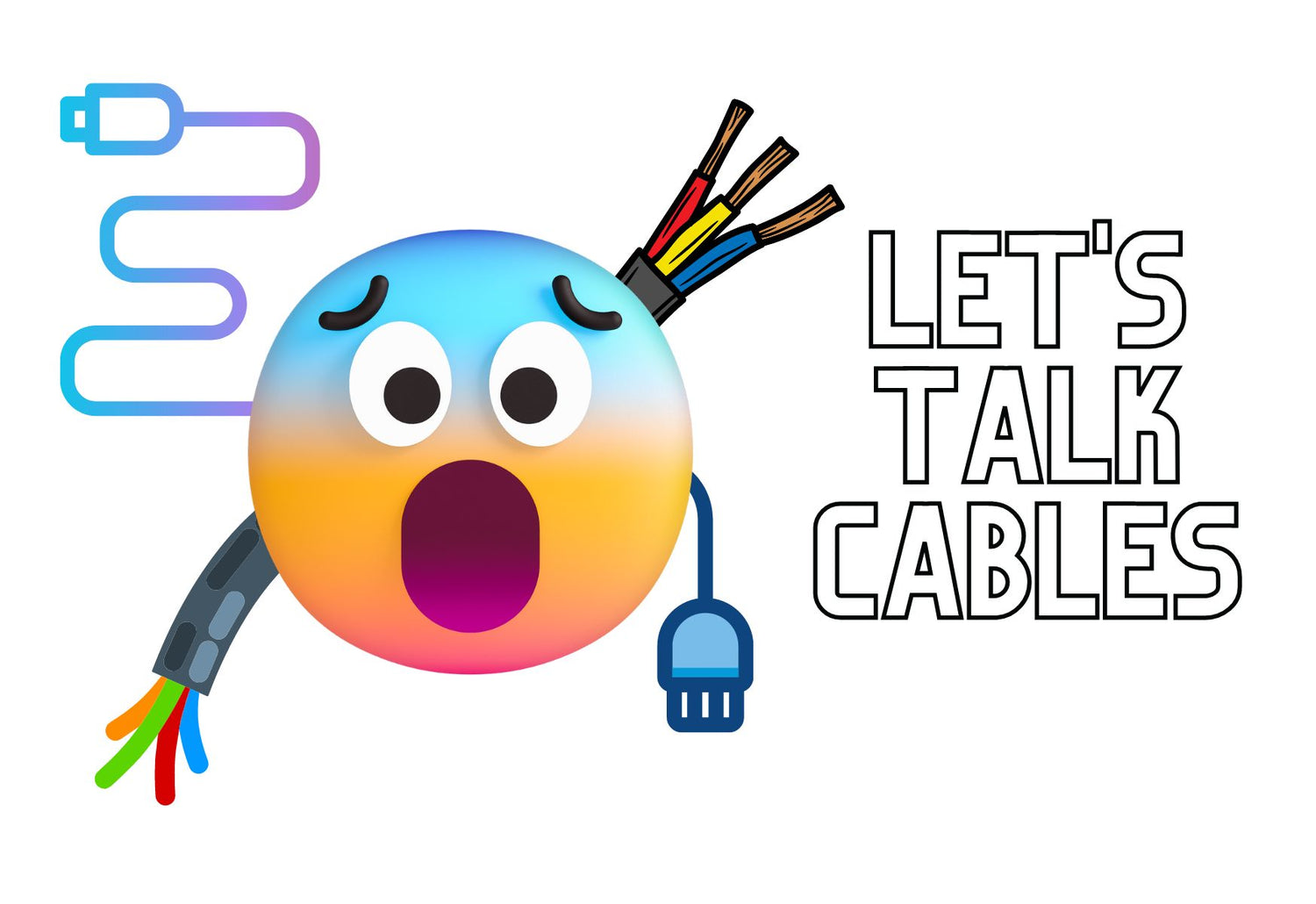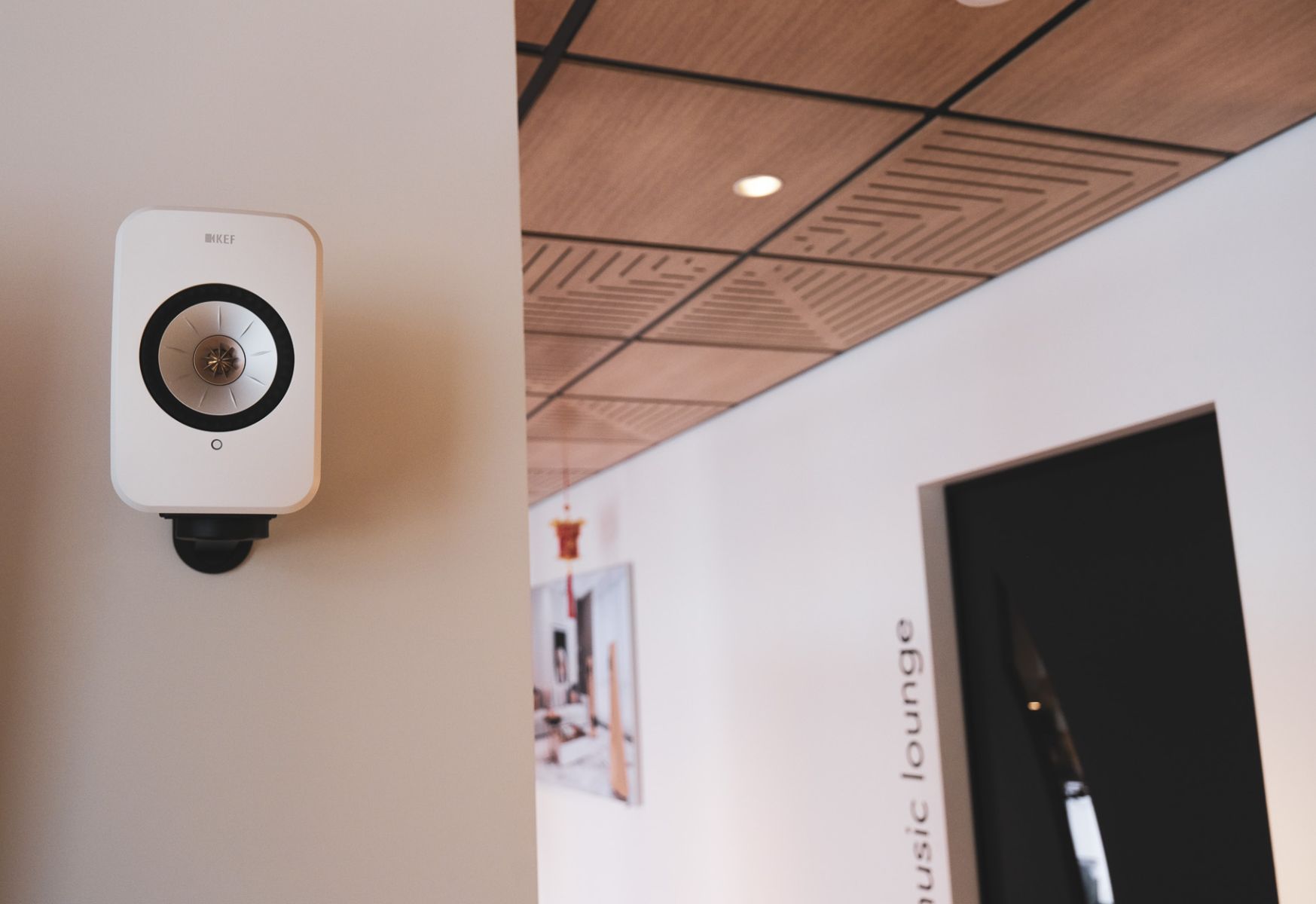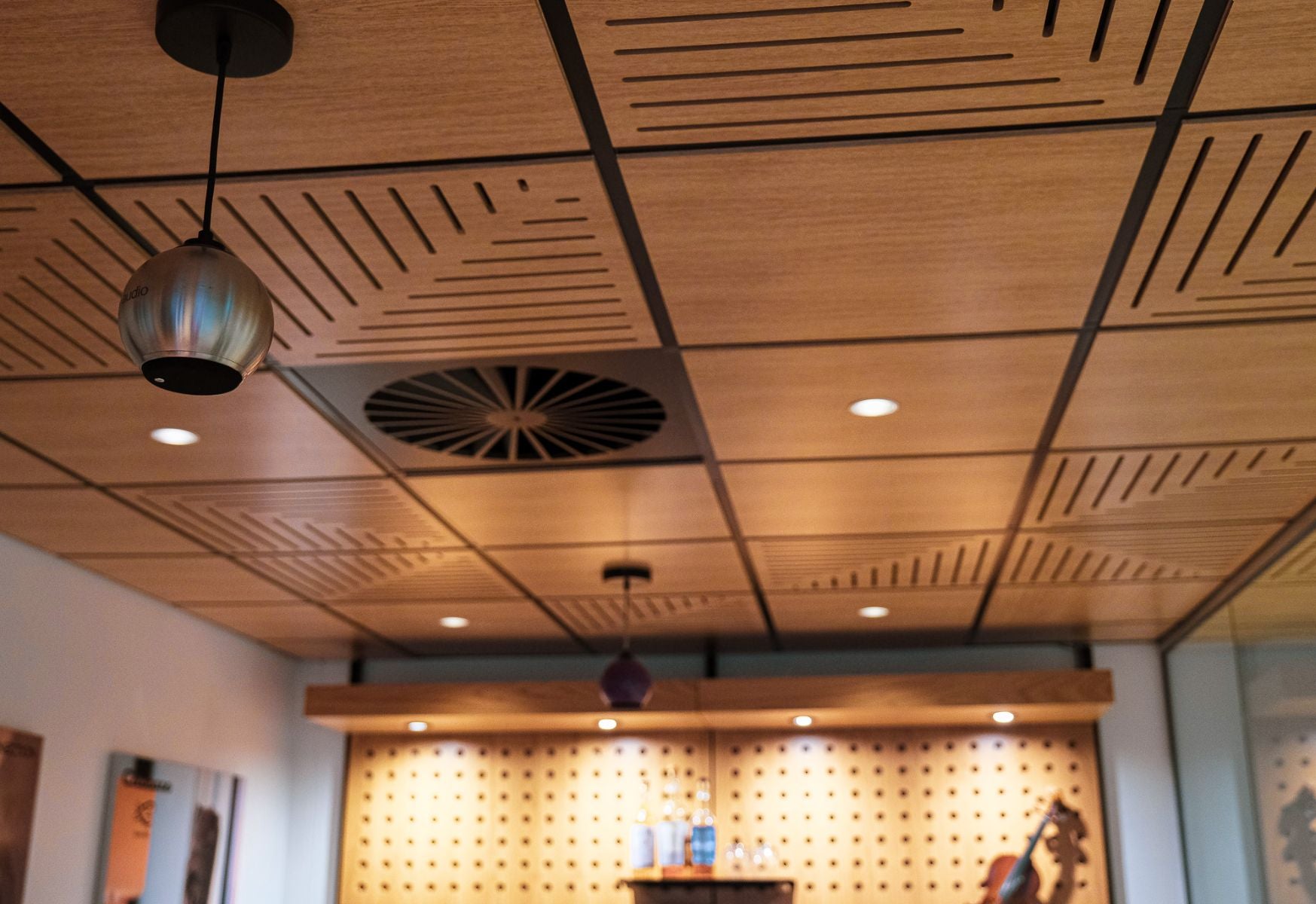The Cable Debate
If you've clicked on this article, you're either (a) a genuinely curious customer looking to find out about more about cables, (b) an experienced hifi owner who is curious to expand your knowledge on your existing setup, or (c) a cable denier looking for some fodder. Welcome everyone!
We know, cables are a contentious topic. We've had a range of reactions when it comes to cables and cable demonstration. Some clients are blown away when they hear how much better their system sounds with the right cabling. Some people, no matter how much better the system obviously is, continue to deny that cables can make a difference.
And some of us were, in fact, cable deniers. One team member made his objections clear when it came to us representing Nordost, saying that it was just another one of these "snake oil" companies. However, after spending some time with the guys at Nordost, where they did A/B demonstrations and showed the real science behind the cables, there was no doubt that cables have a significant impact on the system. Truly, if you don't have a decent set of cables in your system, you aren't getting the true value of what you paid for the system (more on this point later).
In this article, we'll discuss:
- How decent cabling unlocks the value of the system you already have
- The price of some of these cables
- Cable ratios, i.e. the notion that I've spent $Y on a speaker, therefore I should spend $Y x Z% on the cabling
So, here we go!
Unlocking Value
The majority of cables available on the market are passive devices. They can't add any signals or produce anything to add to your system. When you add an amplifier, a streamer, a pre-amp, a speaker - all these components are adding to your system, i.e. more bits in the digital signal, more power, bigger drivers, and so on. Cables on the other hand, are passive devices. They simply allow your components to work.
So by that definition, if you have two passive devices, one that is superior in quality to the other, the less the superior quality device takes away.
Which then brings us back to a point we made earlier - unless you use decent cabling in your system, you aren't actually getting the value of what you paid for the system. There's more in your existing streamer, amplifier and speakers that you aren't receiving - hidden performance that you've already paid for.
This fact alone should be alarming and pique your interest. Note that we aren't talking about any specific brands or products right now. These are just core principles.
Now, say this point alone has gotten you interested in cabling. You rush off to your nearest hifi dealer, and ask to borrow a range of speaker cables to try on your speaker setup, say at $200, $2,000 and $10,000. You rush them home and plug them in to test them.
The $200 speaker cables produce an immediate improvement. The $2,000 cables produce another jump up in performance. You think to yourself, "Wow! Maybe the more I spend on speaker cables, the better the performance of the speakers". All excited, you connect the $10,000 speaker cable, prepare to be blown away, and...well it's a bit better, but not $8,000 more than the $2,000 cables.
Does this mean that spending more money on the $10,000 isn't worth it? Well, yes, in this context. But likely not because the $10,000 cables aren't worth it - more likely that your speakers were already "unlocked" with the $2,000 speaker cables. Remember, cables are passive devices that won't add anything, simply reveal what is already there. So perhaps at the $10,000 mark, there just isn't any more performance in your speakers to unlock.
But Can You Measure The Improvement?
Unfortunately, science has not yet created a quantitative "sounds-good-ometer" that we can use to see if a system sounds better or not. Your ears are still the best device, albeit qualitative, rather than quantitative.
In an effort to provide some sort of data, many a forum/article post we see discuss the measurability of high end audio cables, particularly around digital forms of connection, e.g. USB, Ethernet.
Often, these articles, some of them very well researched, present a range of USB cables, often comparing a $1 computer USB cable from Amazon and a $60 cable from a well-known audio cable manufacturer, putting them through a range of tests and coming up with the conclusion that, "well, the $60 cable measures a little bit better in some areas than the $1 cable but this won't make an audible difference, therefore there's no point in spending anything above $60 on a USB cable".
A conclusion like that is like putting a $20,000 Hyundai i30 and a $60,000 Mercedes A250 on a dynamometer, comparing the engine performance, and saying that, "well, their performance and engine capacity is about the same, even though the A250 is $40,000 more than the Hyundai. Therefore, there's no point in buying an expensive car."
There's a raft of reasons why someone would purchase the A250 or other luxury cars, often reasons that are immeasurable, like how it feels to drive, comfort, quality, and just the feeling and pride of owning such a vehicle.
Bringing it back to cables, perhaps the $60 USB cable from the well-known cable manufacturer is indeed simply an OEM cable of the $1 Amazon cable, simply rebranded for marketing reasons. But this doesn't mean that a $300 USB cable from someone like Nordost or Transparent is the same. It makes little sense ruling out all cables above a certain price point simply because in a test with a small sample size, some cables are similar in attributes that are irrelevant to what they are actually designed to do in the first place, i.e. improve the ability of your hifi system to produce music.
Having such a frankly small-minded, ignorant and simplistic view does not serve you well, and you are doing yourself a disservice if you choose to be an idiot. Only once you have done the proper research, testing and education should you make a judgement for yourself. And I mean "you" - don't go off forums. After all, "hifihobbyist326" is (a) someone that you don't know, and (b) isn't using your ears to judge systems. "hifihobbyist326" could be deaf, for all you know.
The fact is, put an entry level Nordost or Transparent cable on your streamer and you will hear an improvement. You will hear more detail, clarity and better reproduction of your music.
The Price Behind Cables
Cables have a huge range of prices, starting at a few dollars a metre to eye-watering amounts. Cables tend to attract the concept of "sticker shock" much more than other categories in the hifi industry. So let's explore that a bit more and try to explain that.
Firstly, there's the well-known concept of diminishing returns. As with any industry, there comes a point where the performance yield per dollar spent start to reduce. As engineers and designers push the limits of what is technologically possible, there comes a cost to that. Years of research and development, countless prototypes, failed experiments - all in the search of being able to eke out that last bit of performance. It's important that engineers keep doing this, as this pushes forward the entire industry. These efforts eventually yield us not just the flagship level product they were hoping to design, but has benefits for the rest of the product line up as well.
Secondly, there's the production cost. Take the Nordost Odin Gold range, which have products in there starting at $50,000 per metre. There is gold - literally, gold - up the length of the cable and through to the conductor. Gold has highly sought after metallurgic attributes that produce a huge sonic benefit, which Nordost have deployed in this rendition. Even the "cheaper" range, the Odin 2 range, has silver throughout the cable. It takes days of machine and human hours to produce a single length of cable, all of which cost money. So yes, they are expensive. But you can be sure that the reason they're expensive is because they cost that much to produce.
Then there's the concept of the things we buy being "worth it". The only person that can be decide whether something is worth the price in your system, is you. How do you know if a $1000 bottle of wine is worth it? By trying it. How do you know if the $150,000 luxury car is worth it? By test driving it. So with cables, the only way of deciding if something is worth the asking price, is to try it. Go to your nearest hifi dealer, ask them to borrow the cable you're interested in, and try it in your setup. If you can hear a difference, and you can justify the price tag, then it's worth it.
Cable Ratios Are For Dummies
To finish off this article, the last point we wanted to address is cable ratios, i.e. the notion that if I've spent $10,000 on a speaker, the speaker cables should be... let's say...20% of the speaker cost (a number that we have heard from a lot of different people).
This is utter bollocks.
Firstly, 20% is such an arbitrary number. Why not 25%? Or 17.5%? Who makes up these rules? It's just such a random figure to spout, based off nothing.
Secondly, as we mentioned in our article, "What Does High End Audio Actually Mean? price is an extremely poor way of judging performance. Read the article to find out more, but in short, price has a rather loose relationship with performance, and it's not nearly as linear as people think. The $10,000 speaker that you're trying to match with a speaker cable might actually be a rather poor quality speaker with a huge marketing markup, so using a price ratio to purchase a cable is a process grounded in folly.
Recently, we were with another dealer discussing cables and DACs. He had a brand of DACs in store, one priced at $2,500 and one at $10,000. We had one of the then-new Nordost Valhalla 2 USB cables at $5,000. Eager to dispel the notion of cable ratios with the other dealer, we hooked up the Valhalla 2 USB cable.
The combination of the $2,500 DAC + the $5,000 Valhalla 2 USB cable easily outperformed the $10,000 DAC with a standard black computer cable. This is just one example, but there have been plenty of scenarios that discredit the concept of cable ratios, and the first step to being able to understand that cables are a component, just like anything else in your hifi setup.
So we'll finish with our core message regarding cables:
- If you can hear a difference, and if you can afford it, then buy it.
- If you can't hear a difference, and you can afford it, don't buy it.
- Regardless if you can or can't hear a difference, but you can't afford it regardless, then don't buy it, swallow your ego, and don't disparage those who can.



